April 15 to April 21
Carrying just 400 negatives and missing most of his equipment, Lang Ching-shan (郎靜山) left Shanghai on the eve of the city’s fall to the Chinese Communists in 1949. His destination was Taiwan, where he was invited by the US Information Agency to put on an exhibition. He would not return home again until 1991.
Often considered the father of Chinese photography, Lang was one of China’s first photojournalists and creator in 1928 of what is believed to be China’s earliest surviving nude. His work was exhibited worldwide and his name is often mentioned among history’s greats.
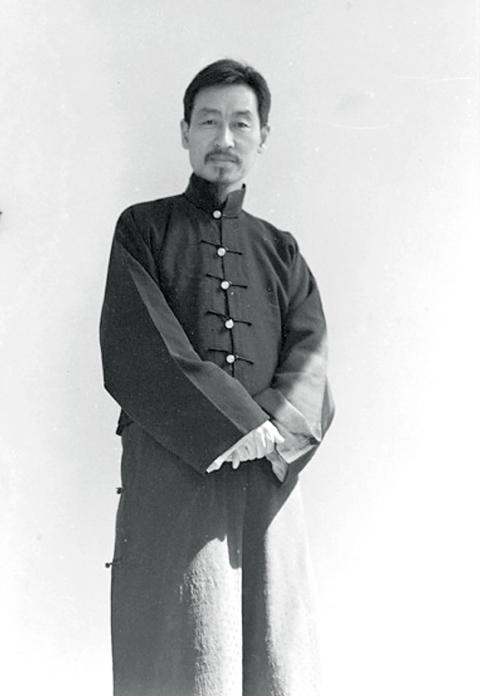
Photo courtesy of Long Chin-san Art & Cultural Development Association
Lang believed in using Western technology to create a distinct Chinese style that reflected its traditional aesthetics and culture, a style he continued after he was forced to relocate to Taiwan at the end of the Chinese Civil War.
Although he did not produce much new work in his first few years in Taiwan, his status was solid — in 1951, the United Daily News (聯合報) referred to him as a “master photographer.” Much has been written about Lang’s life and work in China, but he also left his mark in Taiwan, active in the art scene up until his death in 1995.
His first official creation in Taiwan, Boating on Misty River, likely reflects his mood toward his situation — it was one of his trademark photo collages stitched together into a Chinese painting-like image using elements from China, Hong Kong and Taiwan.
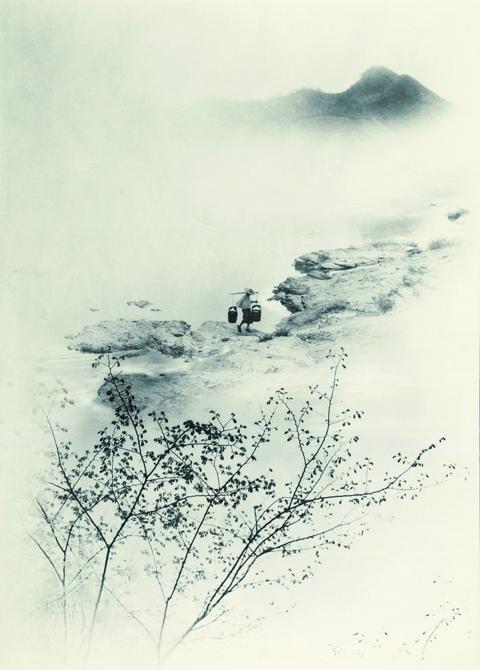
Photo courtesy of Wikimedia Commons
SHOOTING FORMOSA
Lang may be the father of photography in China, but there was already a small but vibrant community of local photographers when he arrived in Taiwan.
Western visitors brought the first cameras to Taiwan shortly after the invention of photography in 1826, and the oldest known photograph taken in Taiwan, of an Aboriginal couple, was taken around 1850. Before the photo was discovered in 1995 by art professor Wang Ya-lun (王亞倫) at the National Library of France, however, the work of Scottish adventurer John Thomson was probably considered Taiwan’s earliest. Thomson spent about 10 years on and off traveling around Asia from 1862, but his interest in Taiwan wasn’t piqued until 1871 when he met James Maxwell, a fellow Scot and the first Presbyterian missionary to preach on the island. Thomson left behind 40 photographs of his travels in today’s Kaohsiung, Tainan and several Aboriginal villages further up the west coast.
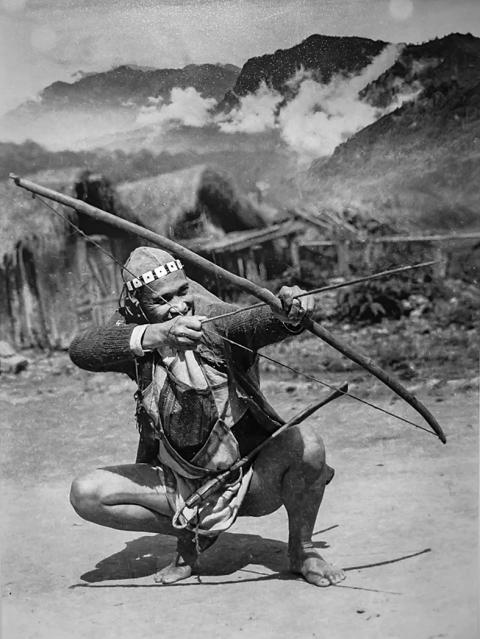
Photo courtesy of Wikimedia Commons
The first Taiwanese to learn photography likely acquired their skills through assisting Western missionaries, Chou Wen (周文) writes in the book, Examining National Taiwan Museum of Fine Arts’ Collection through the Development of Taiwan’s Photography.
The Japanese brought cameras when they took over Taiwan in 1895, but it was mostly limited to the colonizers’ use for the first decade.
One of the earliest Taiwanese photography pioneers, Deng Nan-guang (鄧南光), developed his passion while studying in Japan in the 1920s. Of course, his family had to be quite wealthy to support his interest. He opened a photography studio after he returned home, and eventually became part of a small but vibrant photography community in the 1940s.

Photo: Lin Liang-sheng, Taipei Times
TAIPEI SALON
Yang Hsin-yi (楊心一) writes in the study Lang Ching-shan and Taiwan that Lang’s work went from subtle, elegant and relaxed during his time in China to something more “elusive, mysterious, foreign, almost like it’s of another realm that one can see but not touch.”
Yang attributes this not only to Lang having to flee his homeland, but also reflecting the Cold War period and martial-law rule. Lang barely escaped trouble in his first year in Taiwan, as the military questioned him for taking photos of Keelung’s harbor and exhibiting them per the city government’s request. The authorities saw Keelung as a strategic site and believed that Lang’s exhibition could reveal sensitive information.
During these years of White Terror, the government greatly restricted creative freedom, and most activities had to fit the bill of promoting Chinese culture and facilitating social cohesion and boosting morale in order to combat communism and reclaim the motherland. Lang cofounded the Chinese Writers’ and Artists’ Association in 1950, and KMT leader Chiang Kai-shek (蔣介石) once wrote to Lang, “The arts are a very important spiritual weapon for our people’s fight against the communists and the Russians.”
In a 1967 speech, Lang emphasized the power of art to inspire and mobilize the people, encouraged people to take photographs that reflect positive and healthy ideals and emphasize societal progress and development. Through these images, the government could show the world the advances made in Taiwan in contrast to how China was suffering under communist rule.
Lang actually had little interest in politics, and Liao Hsin-tien (廖新田) writes in the study Lang Ching-shan in Taiwan that he was adept at handling his relationship with the government and saw it more as a means to develop resources and popularize photography in Taiwan. He rarely turned down invitations to serve as guest of honor at countless photography competitions, equipment expos, exhibitions and workshops.
Lang started teaching photography in 1951, and refounded the Photographic Society of China in Taipei in 1953. Later, along with Deng and other Taiwanese photographers, Lang formed the Taipei Photography Salon, which helped popularize the art form and “dictated the direction of Taiwan’s photography from the mid-1950s to the 1960s,” Yang writes. The main idea was using darkroom techniques to create Chinese painting-like images, and this unique style won many international awards and was considered the prestige in Taiwan.
The salon’s great influence relegated other styles to the background, eventually leading to Deng’s departure to found the Photographic Society of Taiwan in 1963 to focus on documentary photography. Younger photographers would later respond with an “anti-salon” movement, putting on a Modern Photography Festival (現代攝影節) in 1966 that pushed the envelope of experimentation.
However, Lang’s work was not limited to the salon as his well-known pieces include that of Taiwan’s cow markets, Aboriginal villages and Double Ten National Day celebrations.
A notable shot taken in Taiwan depicts several Central Cross-Island Highway scenes stitched into a painting-like composition using his trademark collage technique, given to former president Chiang Ching-kuo (蔣經國) as a gift. Lang’s value continues to grow as the piece was was auctioned off for NT$3 million in Hong Kong in 2017 — the highest price his work had ever fetched.
Taiwan in Time, a column about Taiwan’s history that is published every Sunday, spotlights important or interesting events around the nation that have anniversaries this week.
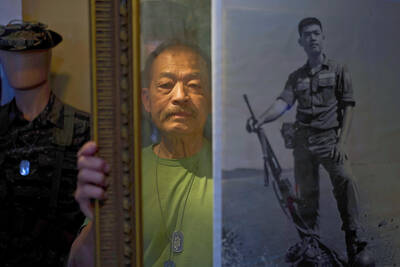
When the South Vietnamese capital of Saigon fell to the North Vietnamese forces 50 years ago this week, it prompted a mass exodus of some 2 million people — hundreds of thousands fleeing perilously on small boats across open water to escape the communist regime. Many ultimately settled in Southern California’s Orange County in an area now known as “Little Saigon,” not far from Marine Corps Base Camp Pendleton, where the first refugees were airlifted upon reaching the US. The diaspora now also has significant populations in Virginia, Texas and Washington state, as well as in countries including France and Australia.
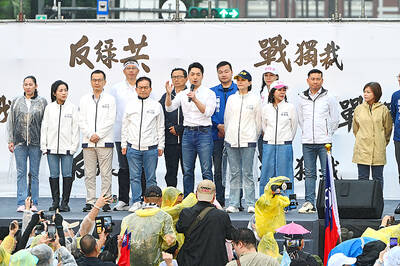
On April 17, Chinese Nationalist Party (KMT) Chairman Eric Chu (朱立倫) launched a bold campaign to revive and revitalize the KMT base by calling for an impromptu rally at the Taipei prosecutor’s offices to protest recent arrests of KMT recall campaigners over allegations of forgery and fraud involving signatures of dead voters. The protest had no time to apply for permits and was illegal, but that played into the sense of opposition grievance at alleged weaponization of the judiciary by the Democratic Progressive Party (DPP) to “annihilate” the opposition parties. Blamed for faltering recall campaigns and faced with a KMT chair

As we live longer, our risk of cognitive impairment is increasing. How can we delay the onset of symptoms? Do we have to give up every indulgence or can small changes make a difference? We asked neurologists for tips on how to keep our brains healthy for life. TAKE CARE OF YOUR HEALTH “All of the sensible things that apply to bodily health apply to brain health,” says Suzanne O’Sullivan, a consultant in neurology at the National Hospital for Neurology and Neurosurgery in London, and the author of The Age of Diagnosis. “When you’re 20, you can get away with absolute
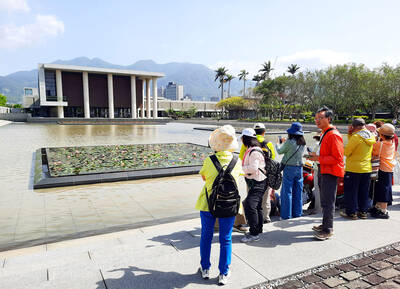
Dull functional structures dominate Taiwan’s cityscapes. But that’s slowly changing, thanks to talented architects and patrons with deep pockets. Since the start of the 21st century, the country has gained several alluring landmark buildings, including the two described below. NUNG CHAN MONASTERY Dharma Drum Mountain (法鼓山, DDM) is one of Taiwan’s most prominent religious organizations. Under the leadership of Buddhist Master Sheng Yen (聖嚴), who died in 2009, it developed into an international Buddhist foundation active in the spiritual, cultural and educational spheres. Since 2005, DDM’s principal base has been its sprawling hillside complex in New Taipei City’s Jinshan District (金山). But